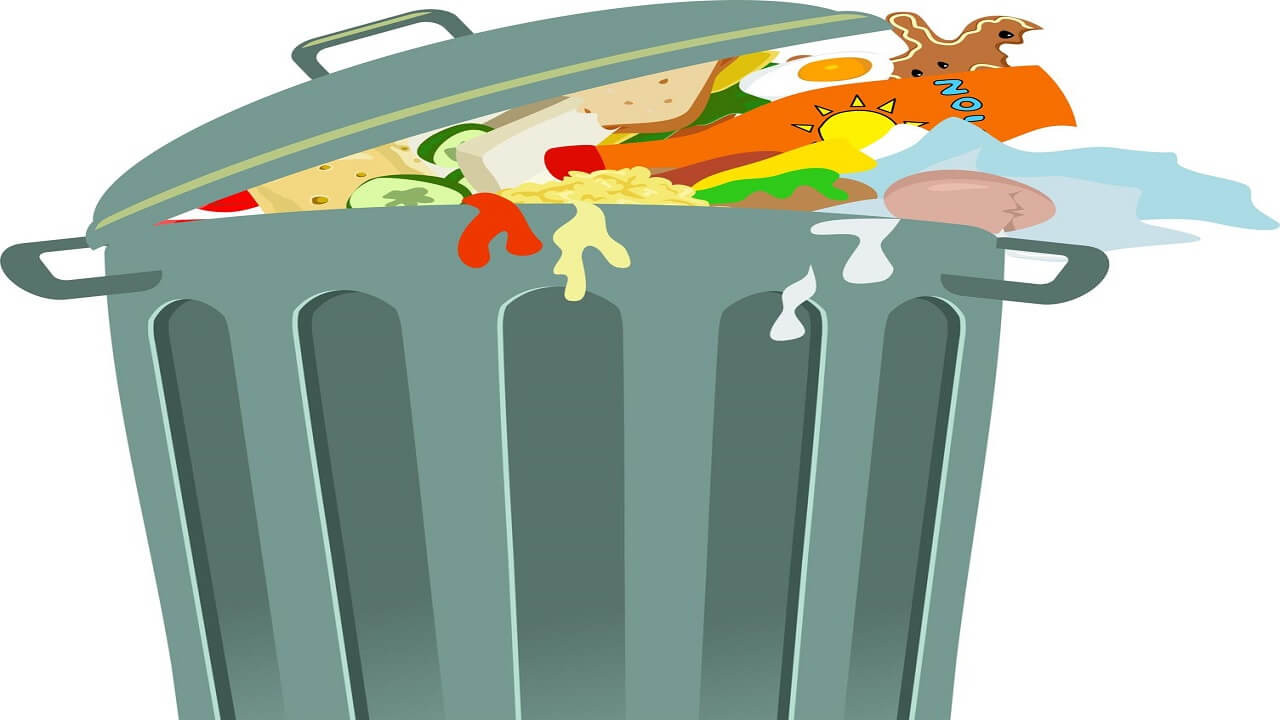
Food Waste: Causes and Solutions
December 5, 2022, 8:47 am
Food waste occurs along every path of the food value chain, from production to consumption.
Globally, around one-third of all food produced is lost or wasted. In a world where hundreds of millions of people go hungry, that is a stark indication of the inefficiency of current food systems. Food waste often translate into economic losses for farmers and others stakeholders within the food value chain, and higher prices for consumers, both of which affect food insecurity by making food less accessible for vulnerable groups.
Food Waste: Causes and Solutions
Food waste also hold back the transition to environmentally sustainable food systems. They represent a considerable waste of land, water, energy and agricultural inputs, and cause the emission of millions of tons of greenhouse gases.
Reducing food waste would increase the supply of available food and strengthen global food security.

Future efforts to address climate change will need to find ways to reduce food waste. Because food production is responsible for a large share of GHG (greenhouse gases) emissions, reducing food waste contributes to climate change mitigation. At the same time, because climate change threatens food production in many food insecure areas, reducing food waste can be an important part of climate change adaptation strategies.
Food Waste and Food Production Value Chain
Agriculture and food production are increasingly supplying urban and peri-urban supermarkets. Value chains are progressively characterized by the vertical coordination, and in some instances the integration, of primary production, processing and distribution; the automation of large-scale processing; and higher capital and knowledge intensities.
A comprehensive global assessment of these transformations, particularly in the wholesale and retail segments of the value chains, is difficult, owing to the lack of easily accessible and comparable data.
However, some trends by groups of countries and regions can be inferred from existing literature.
Between 2001 and 2014, the share of processed food distributed through supermarkets significantly increased in upper middle-income countries, from less than 40 percent to 50 percent. In the same period, it grew from around 72 percent to 75 percent in high-income countries.

In lower middle-income countries, it grew from 22 to 27 percent between 2001 and 2008, with no further change between 2008 and 2014. A different picture emerges for fresh food. Over the last 10 years, the share of fresh food distributed through supermarkets has remained below 50 percent in high-income countries, below 30 percent in upper middle income countries and around 10 percent in lower-middle income countries.
However, global figures hide regional specificities. In Latin America, rapid urbanization has led to profound changes in food production and distribution systems, with supermarkets now accounting for more than 50 percent of grocery sales. In much of Asia, most food purchases in urban areas are now made in supermarkets. Even in East Africa, the share of purchased food in total food consumption is just below 60 percent.
Hypermarkets, large supermarkets and convenience stores account for 93 percent of consumer purchases in North America but, play a much more modest role in Europe (55 percent), Latin America (46 percent), Middle East and Africa (38 percent) and Asia (36 percent).
Another characteristic of Europe and Latin America is the existence of small supermarkets, which account for almost 20 percent of sales. It is difficult to say whether these small supermarkets, as well as traditional forms of commerce, will maintain their market share, or be absorbed by larger enterprises or evolve into other forms of distribution, such as hard discounts or large specialty shops.
There is probably room for diversified forms of distribution, particularly in the light of emerging forms of e-commerce focused in the ‘last-mile’ of the distribution system and emerging preferences for ethical and ecological food.
The Role of Indigenous Food Systems
Sustainability concerns have shaped the emergence in high-income countries and in some areas of Latin America and Asia, of a consumer preference for high-quality local foods linked to traditions and culture. Increasingly, global food movements such as ‘Slow Food’ are promoting this holistic approach to food.
A related development in the evolution of food systems is the growing potential of indigenous food systems and neglected crops to contribute to the diversification of diets away from the narrow food base of maize, wheat, barley, rice and soybean.
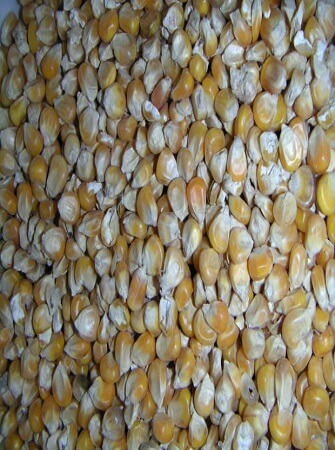
The recent appearance in mainstream markets of indigenous foods such as quinoa, amaranth, chia, argan oil and moringa, highlights this potential.
Indigenous food systems have characteristics that make them particularly attractive, including the use of both cultivated crops and gathered wild plants, synergies with the natural environment and biodiversity, close adaptation to local conditions, a high level of diversification, a light carbon footprint, fewer ‘negative externalities’ and reduced use of external inputs.
They are closely tied to culture and social and religious activities. While several indigenous foods (e.g. olluco, sweet potato, yam, kiwicha and native palms in the Andes and Pacific islands) could contribute significantly to the global food supply, it is unlikely that they will become major food commodities without further research and adaptation.
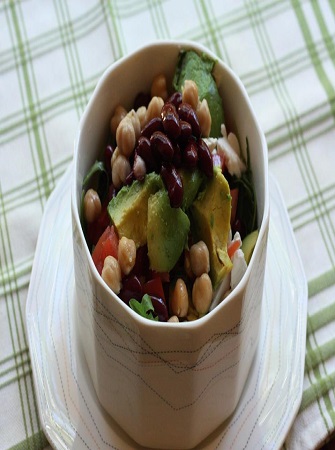
Indigenous food systems tend to be people-centered and many manage resources in a sustainable way. They also combine the consumption of produce with the purchase and sale of food, avoiding a fully commercial orientation. Foods with these features have appeared only recently in large distribution chains, through production systems such as organic farming, permaculture and biodynamic agriculture, which reflect to some extent the philosophical approaches of traditional societies.
While modernizing food systems rely heavily on a few edible plant species and varieties, indigenous systems make use of several hundred edible and nutritious plants. The traditional knowledge, which underpins indigenous systems, is important for two main reasons. First, indigenous ‘superfoods’ could address some of the nutritional deficiencies that currently affect more than 2 billion people. Second, the production of local plants that are usually consumed in the wild or with minimal domestication, in some cases, can be scaled up using advanced technologies.
This is already done in the bio-cosmetic and pharmaceutical industries, which rely heavily on the indigenous knowledge of plants and the medicinal properties of forest products. Similar alliances, if developed for food production, might expand the present, narrow food base.
FOOD WASTE CAUSES
Accurate and time-wise estimates of losses and waste in the food system are unavailable. However, evidence to date indicates that, every year, about 670 million tons of food is lost or wasted in high-income countries, and 630 million tons in low- and middle-income countries – a total of 1.3 billion tons, or one-third of the edible part of food originally intended for human consumption.

Food waste and losses are caused by different factors at different levels:
• Micro-level causes resulting from the actions of agents at the same stage of the food supply chain (e.g. poor harvest scheduling and timing, poor harvest practices, careless handling of produce, lack of appropriate storage space, lack of transportation facilities, consumer behavior).
• Meso-level causes related to a whole food supply chain, i.e. decisions or lack of decisions of agents in that particular chain (e.g. poor coordination, too long chains, failure to meet product standards, pesticide-contaminated processed products).
• Macro-level causes arising from the overall socio-economic environment, such as lack of infrastructure, inadequate legislative frameworks and price incentives and subsidies that promote excess production.
In low-income countries, significant levels of food losses occur upstream, at harvest and during post-harvest handling, owing to poor infrastructure, low levels of technology, a limited knowledge base and lack of investment in production.
Food waste and losses also tend to be caused by managerial and technical constraints in harvesting, storage, transportation, processing, packaging and marketing. The greatest losses occur in small- and medium-scale agricultural and fisheries production and processing sectors. Uncertainty about weather and market conditions, and weak institutional frameworks, also contribute to losses. Each year in Africa, around 13 million tons of cereals, or more than 15 percent of total cereal production, are lost during post-harvest operations.

In all regions, except South and Southeast Asia, food waste and losses account for more than 30 percent of food originally intended for human consumption. However, the extent of losses and waste along the food supply chain differs across regions. In North America, Europe, Japan and China, around 15 percent of food is lost or wasted in the distribution and consumption stages. This percentage is lower in North Africa and Central Asia (11 percent) and much lower in Latin America, South and Southeast Asia and sub-Saharan Africa (5.9 to 7.8 percent).
In contrast, North America, Europe, Japan and China lose or waste only around 15 percent of food in the harvest and post-harvest stages. In sub-Saharan Africa, where food losses and waste are particularly high at 36 percent, some 5.9 percent occurs in the retail and consumption stages, while more than 30 percent occurs in the harvest, post-harvest and processing stages.
In the United States of America, food waste at the retail and consumer levels is estimated at more than 60 million tons per year. This represents 31 percent of the total available food in the food supply chain and corresponds to around 1,250 calories per capita per day. In the European Union, more than 100 million tons of food are wasted each year. With rapid urbanization and growth of supermarket chains in low- and middle-income countries, the level of food waste in their urban centers is increasing.
FOOD WASTE SOLUTIONS
In dealing with the problem of food waste, technological fixes do not offer lasting solutions. Responses must address the attitudes and actions of a range of stakeholders throughout the food supply chain. In high-income countries, food waste is caused mainly by consumer behavior and economic decisions, and by policies and regulations related to other sectors.
For example, agricultural subsidies may encourage the production of surplus food crops. This excess production helps contain prices but also causes less attention to be paid to food waste, both by value chain stakeholders and by consumers. Food waste is most often caused by retailers and consumers over-purchasing and then simply throwing away perfectly edible foodstuffs.
In addition, food safety and quality standards may remove from the supply chain food that is still safe to eat. At the consumer level, inadequate planning of purchases and failure to use food before its expiry date also contribute to food waste.
In addressing the behavioral causes of food waste, policy makers must recognize that food waste may be rational from an individual’s perspective, resulting from the ‘optimizing behavior’ of producers, processors, traders, and consumers. However, there are economic costs and negative externalities that individual economic agents may not consider, owing to imperfect markets and a lack of information.
The following steps can be taken to solve and reduce food waste and losses:
Crop Nutrient Management
The first step to solving food waste problem in crops is by ensuring longer shelf life of farm produce. This can be done by ensuring that the farm produce receive adequate nutrition during production. Most farm crops are given nutrients through either organic or inorganic fertilizer. Over-nutrition through the excess application of fertilizer shortens the shelf life of farm produce such that after they are harvested, they start to rotten very quickly which leads to food waste. Also, under-nutrition contributes negatively to food waster too. Farmers therefore must find a balance in fertilizer application which seeks to provide adequate nutrition to farm produce. This can be achieved by a combination of practices that ensures soil nutrition and understanding the physiological properties of their crops so that nutrients are applied in a proportion that the crops need only.
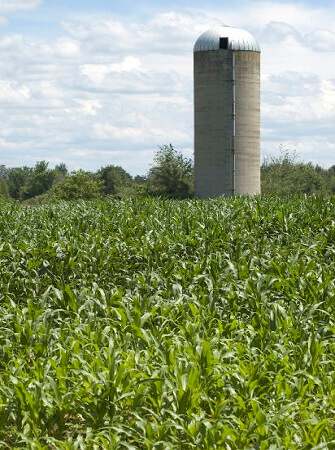
Storage
Adequate storage technologies and systems also help to prevent food waste. It does this by slowing down the food rotting and decaying process. Farmers who don’t have good storage facilities experience high rates of food waste and losses. Food purchasers like supermarkets and restaurants also need adequate storage to preserve foods too. Investing in storage infrastructures is therefore a solution to reducing the food waste problems. Some storage infrastructures that limit food wastes are refrigeration and cooling systems, silos, dryers, plastic film packaging etc.
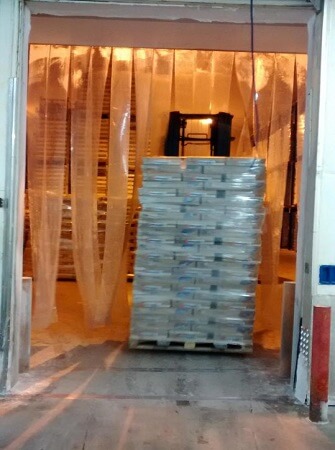
Processing
This is another solution to the food waste problem which works by converting farm produce into forms or states that have a longer shelf life. For example, cassava roots can be converted into gari or flour by processing and these two forms of cassava (gari and flour) have a longer shelf life than raw cassava roots. Even animal products’ (meat, fish, poultry etc.) shelf-life can be prolonged by processing.
Processing and storage work together because whatever form or state the raw farm produce is converted to, it still has to be stored properly. The only difference is that the processed form of the farm produce has a longer and better chance of preserving its quality than raw farm produce when stored properly. Also, processing can be carried out on excess edible food in order to convert them into other useful products like animal feed, plant fertilizer, biomass or bioenergy etc. To drastically reduce food waste globally, more efforts should be put into food processing technologies.
Value Chain Coordination
This entails adequate and timely sharing of information among all the players in the food value chain. For example, farmers need to share harvest information on a timely basis with their bulk buyers so that logistics for moving harvested food to the consumers is arranged in an effective manner. Food distributors and purchasers need to inform farmers of the state of their inventories so that overproduction doesn’t occur. Also, food safety and quality officers should make sure guidelines and standards information are easily accessible to all food value chain players to avoid food discarding due to regulatory issues. And in cases where there’s excess food that could spoil if not quickly consumed, databases of humanitarian charities and NGOs should be maintained so that excess food can be sent to them for distribution to the needy and underprivileged. When all the players in the food value chain are well informed and coordinated, food waste occurrence will drop drastically.
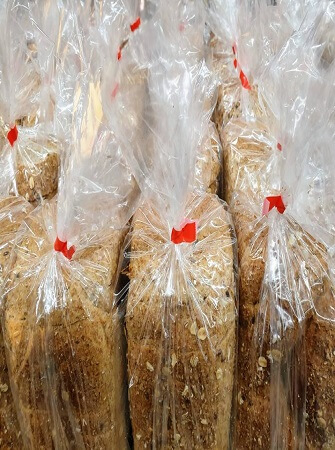
TAKE ACTION
Would you like to learn practical steps for solving food waste? Then take this advanced diploma course in food processing and shelf life extension.
This Free Course teaches you about quality and safety aspects of food processing technologies. The course starts with food structure and changes occurring in food during processing. It also discusses novel and emerging technologies for processing and value addition of food. You will learn about food products manufacture, preservation and shelf life extension of perishable foods will be studied.
Click here to start the course today.
REFERENCES
The Future of Food and Agriculture: Trends and Challenges (FAO)
Food Systems and Diets: Facing the Challenge of the 21st Century (Global Panel on Agriculture and Food Systems)
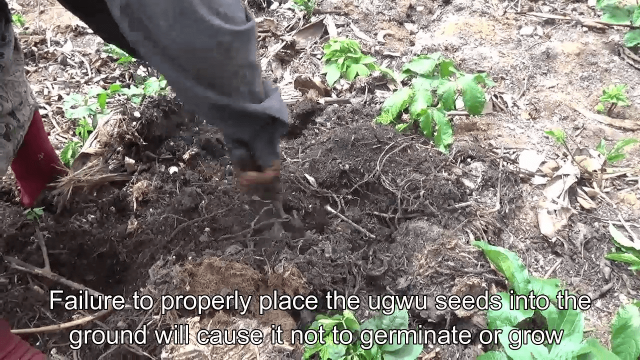
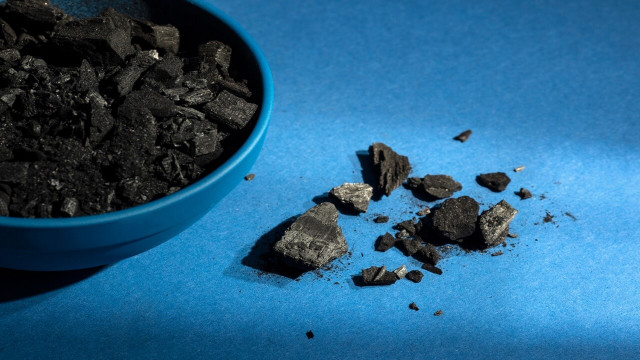





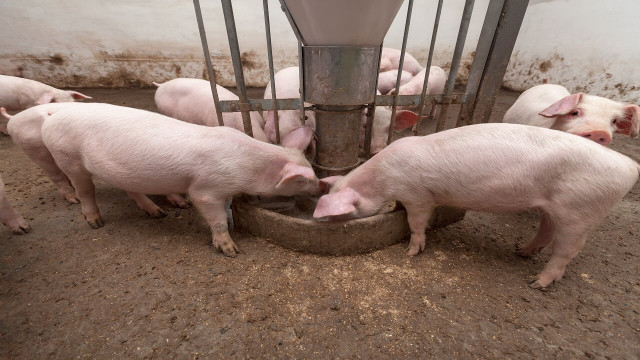

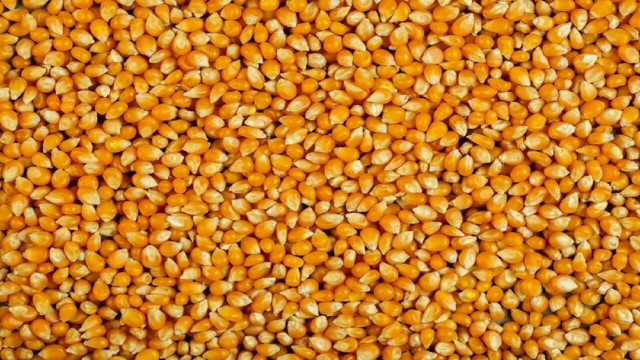


Share This Article: